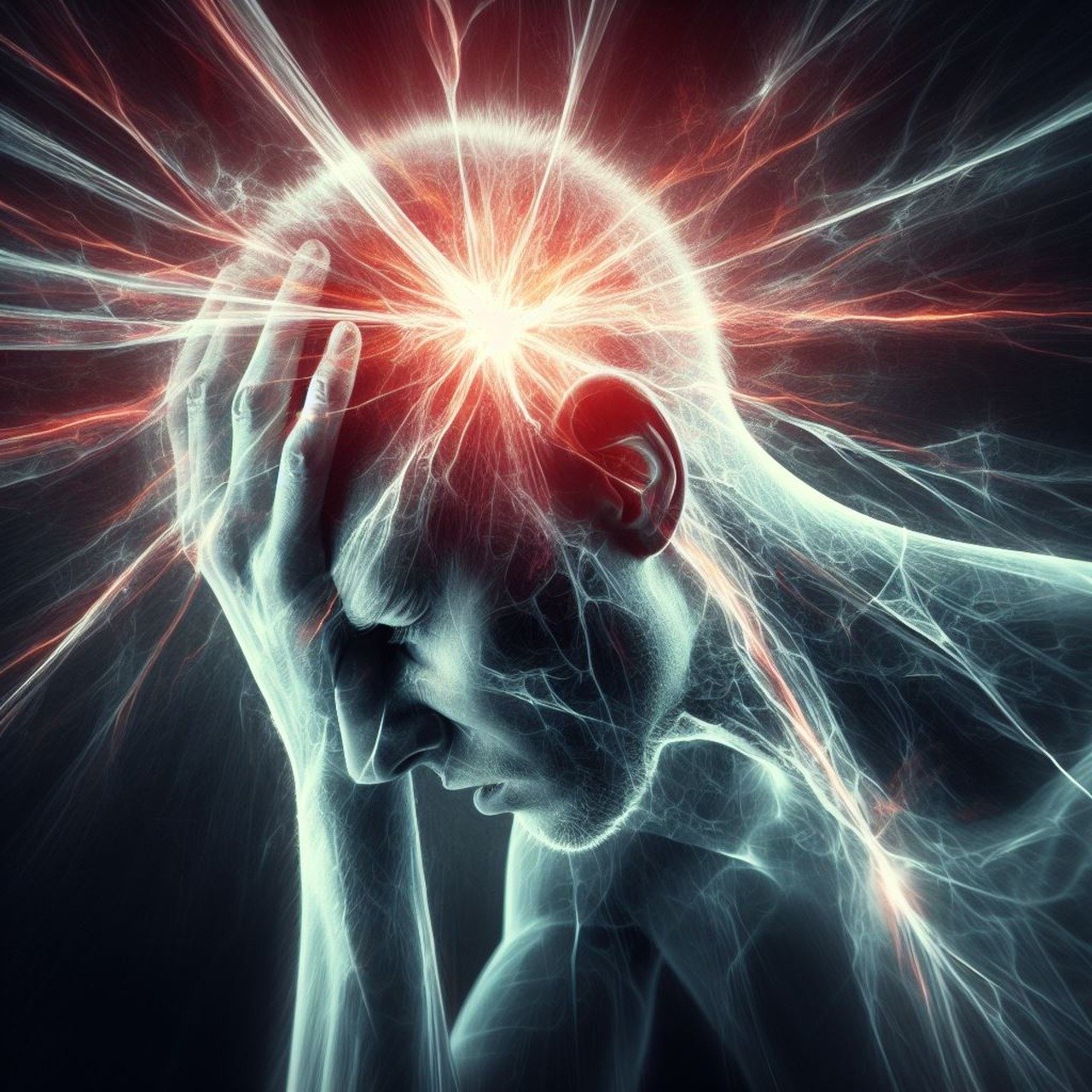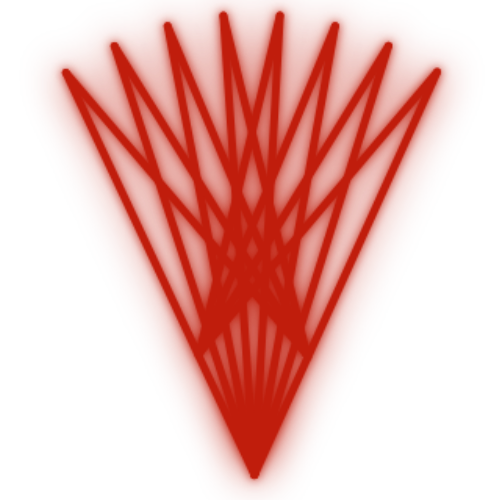
I have treated quite a few cases of migraines relatively successfully. However with any treatment, there may be patients who will respond little or not at all. Conversely, towards the other end of the spectrum, there will be patients for whom it will be life changing. Today I will share one of those life changing cases. The case is of a pleasant 18 year old man who developed chronic migraines that got so bad that he was no longer able to work. He had recently started an electrician apprenticeship and that had to be put on hold while trying to control his migraines. He had seen several neurologists and had been tried on several medications with none resulting in adequate enough control. Concurrently, he seems to have developed chronic fatigue syndrome type symptoms which I felt were secondary to the chronic migraines.
In addition to oral medications, he was also on botox injections for migraines every 3 months as well as a monthly injection of Ajovy (fremanezumab). These two latter treatments are considered last line treatments for chronic migraines. Ajovy (fremanezumab), in particular, is the most recent class of medication introduced in the fight to control chronic migraines. Ajovy is considered a ‘game changer’ for in chronic migraine treatment. It provided some improvements, however, even this medication was unable to adequately control his migraines.
When I first saw him, he was on maximum medical therapy for at least 12 months and was having migraines more days than he wasn’t. During a migraine attack, he would be bed ridden, and it would take him several days to fully recover from them by which time he might easily have another migraine. Not only could he not commit to a regular work schedule, it was also affecting him in the socially and mentally.
The method of acupuncture treatment changes depends on the diagnosis. The currently prevailing theory is that migraines are due to abnormal neuronal excitability [1]. Chronic migraines likely develops in a similar process to the development of chronic pain. That is, there is a process of peripheral followed by central sensitisation of the nervous system. Acupuncture is one of the few modality that is able to modulate the nervous system. In this case, acupuncture is used to calm down the over-sensitive central and peripheral nervous system.
The laser acupuncture protocol for my patient was very gentle. One treatment per month at the quickest. Each treatment only requiring one to two points max. Initially treatments caused an expected flare up of his migraines as his sensitive nerves reacted to the treatment. However the flare ups would settle and surely but slowly, his migraines gradually improved in their frequency and severity. By the 6 month mark, he was essentially migraine free. Importantly, he did not stop any of his medical therapy. My treatment was merely and adjunctive. After the 6 month mark, he ceased botox and the dosages of his medications and found that his migraines were still controlled. He has now resumed his apprenticeship and he is able to enjoy life as any 18 year old should. I have not seen him for nearly 6 months now and he tells me remains migraine free. In my books, the acupuncture was likely able to calm or perhaps reverse the central / peripheral sensitisation. It does not mean that he will no longer have any further migraines for the rest of his life. Migraines, in most cases, are one of those things that one just learns to live with. His migraines have now merely returned back to a more standard form rather than a sensitised form.
This is a case where acupuncture is the ‘game changing’ treatment for migraine control. There were no other treatments added except for the acupuncture. This case is a particular strong responder. Unfortunately, not everyone responds this successfully to migraine acupuncture treatment. Just as the same medications do not work as effectively on every person, the same applies to acupuncture. However, acupuncture should be considered in migraine management, especially in the more difficult cases.
[1] Dodick DW & Gargus JJ (August 2008). “Why migraines strike”. Scientific American.
